 Panasonic DMC-GM1 (19mm, f/5.6, 1/250 sec, ISO200)
Panasonic DMC-GM1 (19mm, f/5.6, 1/250 sec, ISO200)
I didn’t drink coffee before I bought a Espresso Machine for my wife. But after I finally tried I start to love a good Espresso. Unfortunately I drank a real Espresso in a coffeehouse once and since then I still drink the brown liquid that comes out of our capsule machine but with the knowledge that it is not even close to the real thing. We still have that capsule machine for convenience but if we would drink coffee at home on a daily base I would get a real Espresso machine.
Why do I start with Espresso? With lenses it is just the same. There is always one question: Should a use a prime lens or a zoom? Good primes are like the Espresso you will get in a coffeehouse where the Barista knows about his job ( I’m not talking about Starbucks here. ). Zooms are what you get at home.
Maybe that’s a little too negative. Zooms have improved a lot over time. The latest version of the 2.8/70-200 from both Canon and Nikon are excellent and on par with the best prime lenses. The newest 2.8/24-70 from Canon is excellent too. But there is still some compromise: they are slower, heavier and more bulky than primes. And these are heavy, very expensive zooms with a zoom factor below 3!
The Panasonic 14-140 II has a zoom factor of 10. And this is what zoom factor 10 means. Both pictures taken from the same point:
 Panasonic DMC-GM1 (14mm, f/6.3, 1/125 sec, ISO200)
Panasonic DMC-GM1 (14mm, f/6.3, 1/125 sec, ISO200) Panasonic DMC-GM1 (140mm, f/7.1, 1/320 sec, ISO800)
Panasonic DMC-GM1 (140mm, f/7.1, 1/320 sec, ISO800)
Superzooms or travel zooms are usually rather small and cheap but offer a zoom factor of 10 or even more. What should you expect from such a lens? It’s most likely the optical equivalent of instant coffee!
And in some cases that’s true. I owned the Nikon 18-200VR once and I really enjoyed shooting with it. I spend a vacation in Northern Spain where I used nothing but this lens. It was a great experience but especially on the tele end it was too much of a compromise. The lens wasn’t sharp wide open. It did improve if stopped down to f11 but than you need to have a lot of light to get useable shutter speeds even with image stabilization.
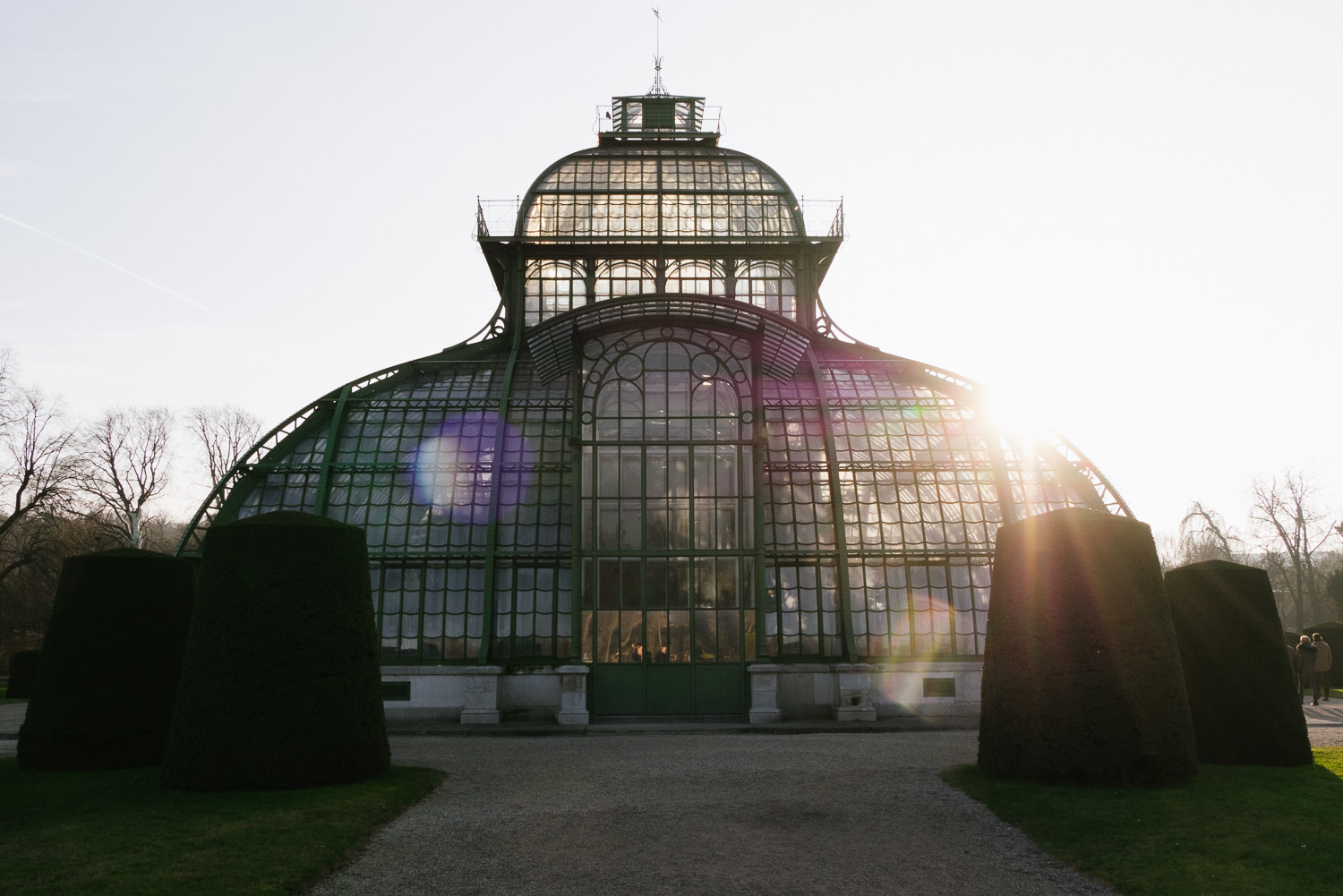 Panasonic DMC-GM1 (17mm, f/7.1, 1/400 sec, ISO200)
Panasonic DMC-GM1 (17mm, f/7.1, 1/400 sec, ISO200)
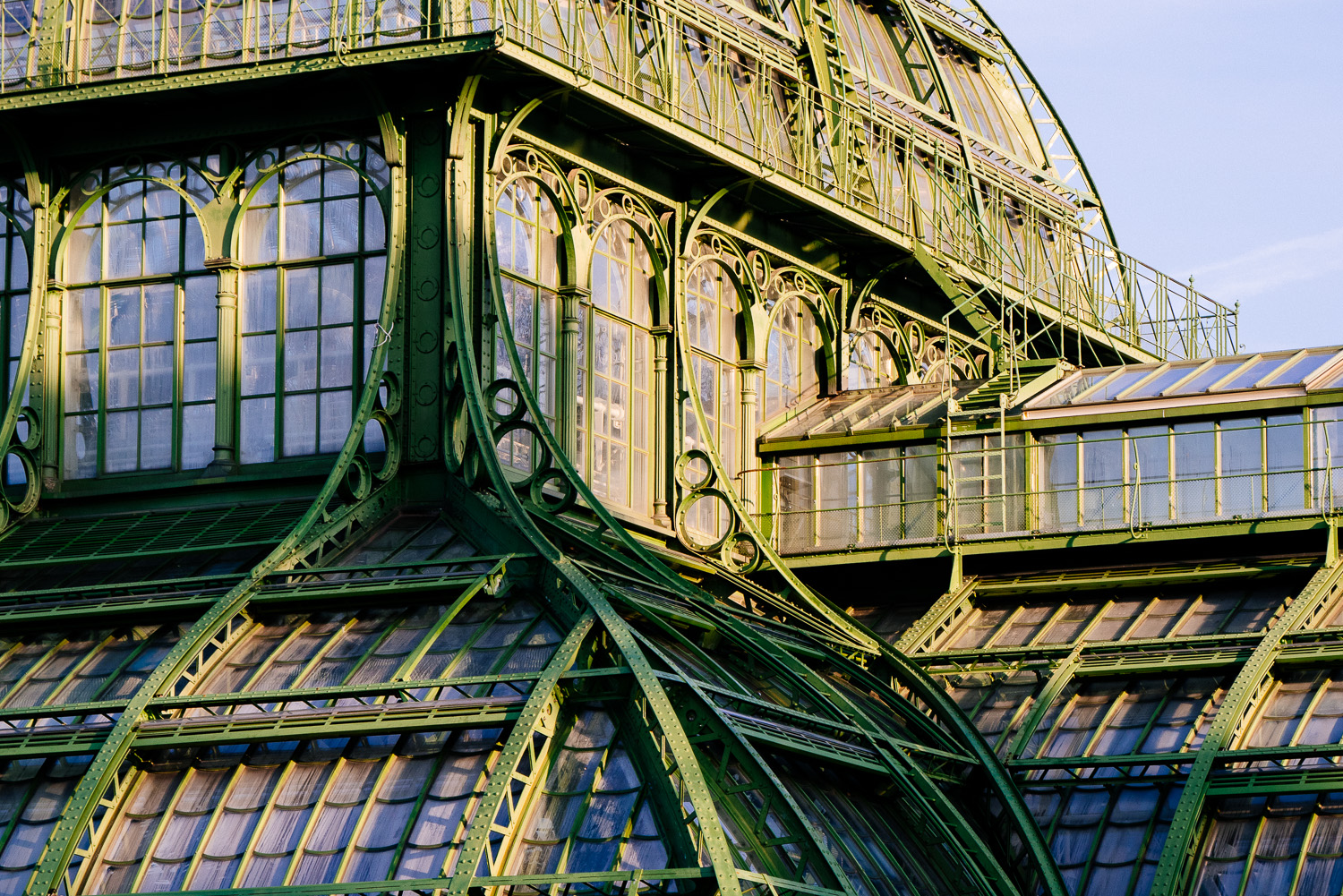 Panasonic DMC-GM1 (65mm, f/5.3, 1/320 sec, ISO200)
Panasonic DMC-GM1 (65mm, f/5.3, 1/320 sec, ISO200)
The good news first: The 14-140 II is clearly better than that. This lens can be used wide open on it’s longest setting! Below there are two examples taken in low light. No way to stop down to f11 here.
The second image also shows that Bokeh is truly good for such a lens. Of course you can not except a lot of magic and subject to background separation but in the image with the two birds it blurred the background well enough. And the fast AF of the GM 1 made taking this image a breeze. The birds just sat their for a moment but the touchscreen shutter was fast enough to get the shot.
 Panasonic DMC-GM1 (130mm, f/5.6, 1/320 sec, ISO2500)
Panasonic DMC-GM1 (130mm, f/5.6, 1/320 sec, ISO2500)
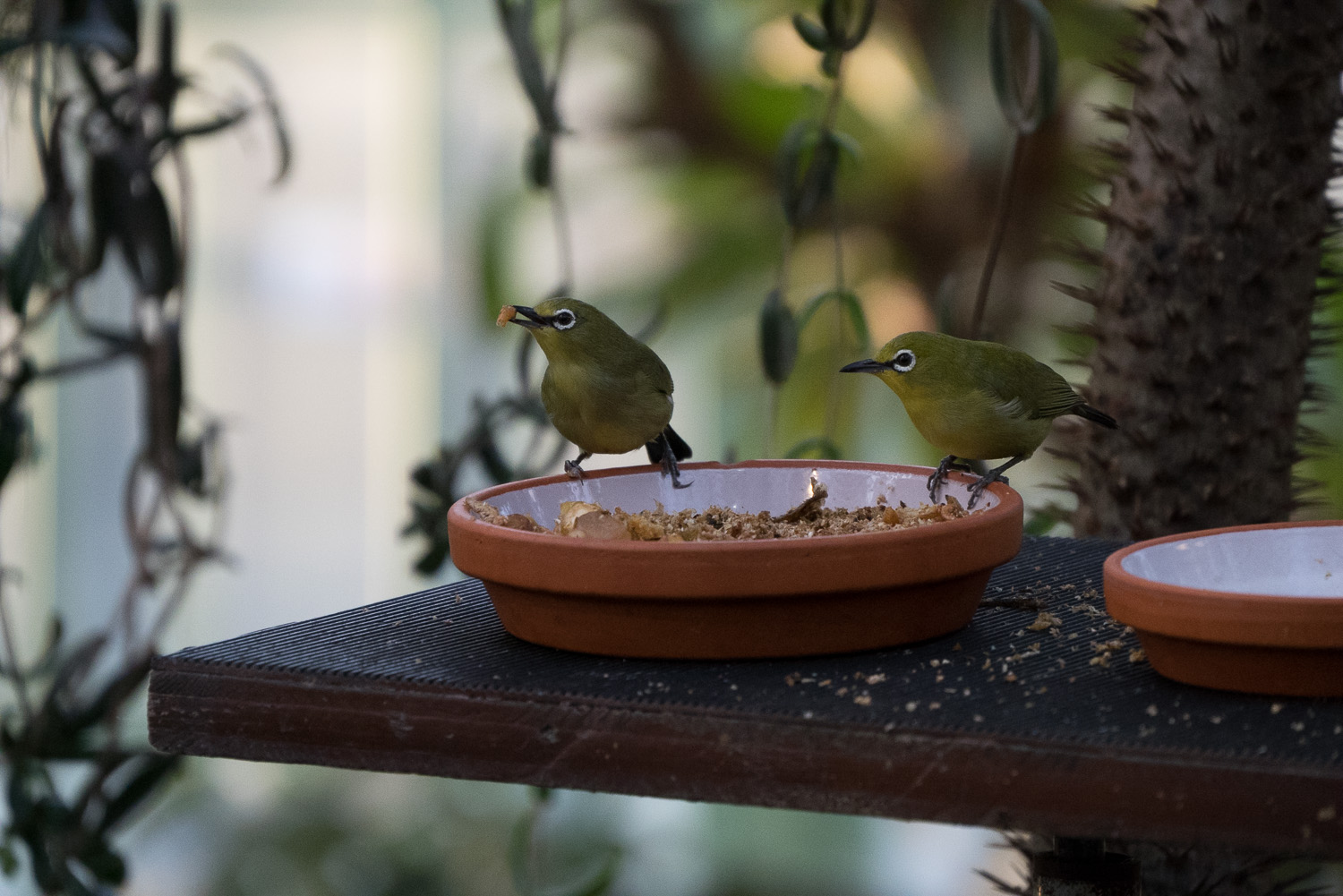 Panasonic DMC-GM1 (140mm, f/5.6, 1/320 sec, ISO2000)
Panasonic DMC-GM1 (140mm, f/5.6, 1/320 sec, ISO2000)
The beauty of this lens lies in it’s versatility. Shoot something up close at the wide end setting and than fully zoom in for that dove on the wire the next moment. All that within seconds without the hassle of changing lenses. That’s why there are still so many bridge camera lovers: It’s that convenient and fast way of shooting. But bridge cameras are always a compromise ( let’s ignore the Sony RX10 here ). Tiny sensors with lot’s of megapixel do not provide the excellent image quality you can get from todays system cameras.
The Panasonic 14-140 II on one of the latests m43-cameras means very little compromise. Here IQ is great even at higher ISO settings because of the big sensor. But there is a big difference at base ISO too. Very good dynamic range and per pixel clarity. In short it doesn’t make any sense to compare the output you can get here with what a bridge camera can do. The reason I mention it here is because I think that with the arrival of the GM 1 it makes no sense to buy a compact camera anymore and with the new 14-140 II it makes no sense to get a bridge camera when you can have this.
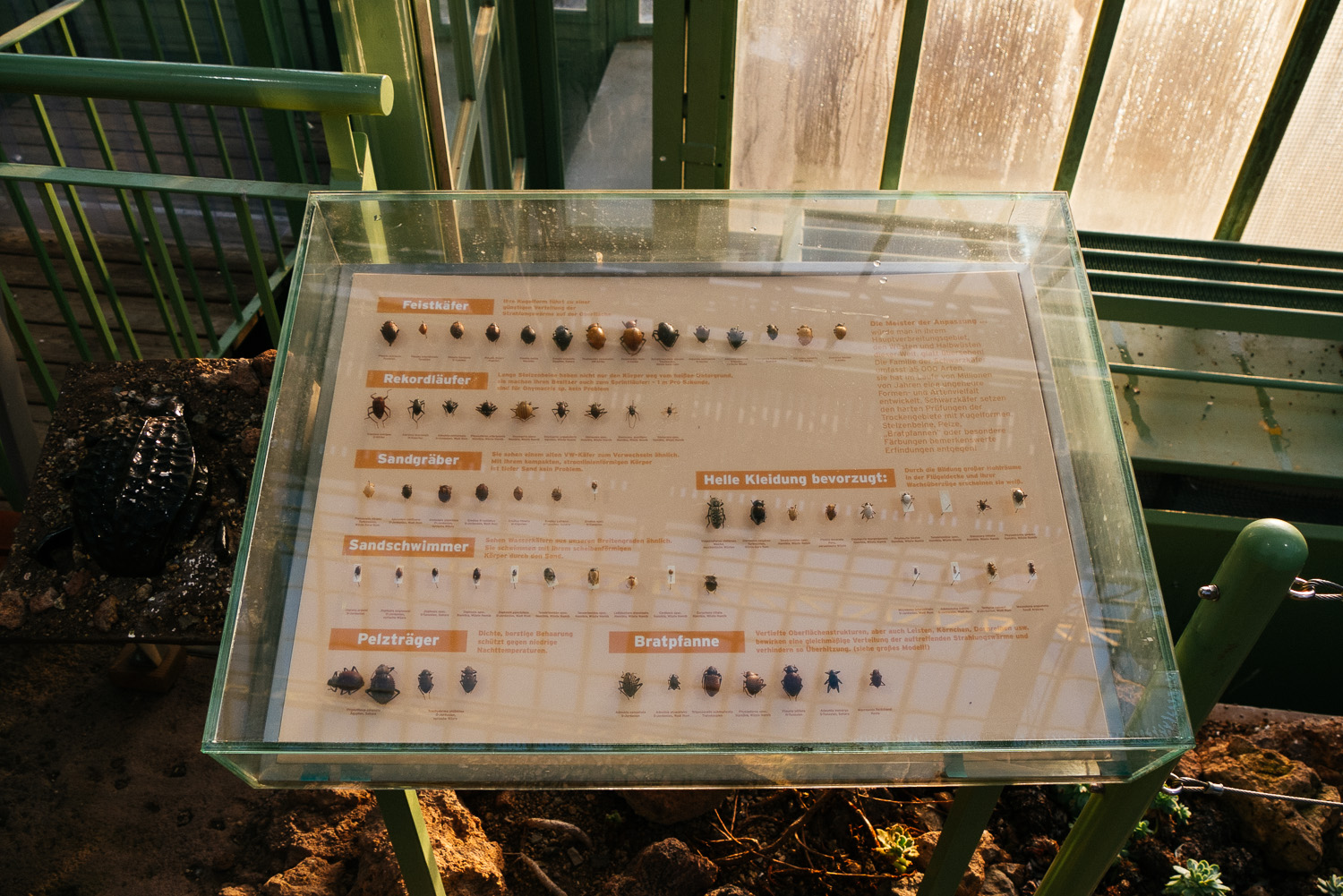 Panasonic DMC-GM1 (14mm, f/4.5, 1/160 sec, ISO200)
Panasonic DMC-GM1 (14mm, f/4.5, 1/160 sec, ISO200)
 Panasonic DMC-GM1 (140mm, f/5.6, 1/320 sec, ISO250)
Panasonic DMC-GM1 (140mm, f/5.6, 1/320 sec, ISO250)
The shot above is an example of the subject to background separation you can get with the 14-140 II. It’s not a lot and you need to watch the background carefully but it’s better than what any bridge camera can do.
How about the alternatives: Honestly I can see no reason to choose one of the tele zooms over this lens. The two smaller and lighter versions: the 45-150 and the 45-175 do not gain you more reach and they are hardly lighter. The 45-200 will get you more reach which results into a 2x bigger subject but it is also a lot heavier. If you are really into tele photography you have to choose the 100-300 ( or the fast 35-100/2.8 of course ) but the “normal” tele zooms do not offer enough to justify switching lenses.
 Panasonic DMC-GM1 (15mm, f/4, 1/100 sec, ISO200)
Panasonic DMC-GM1 (15mm, f/4, 1/100 sec, ISO200)
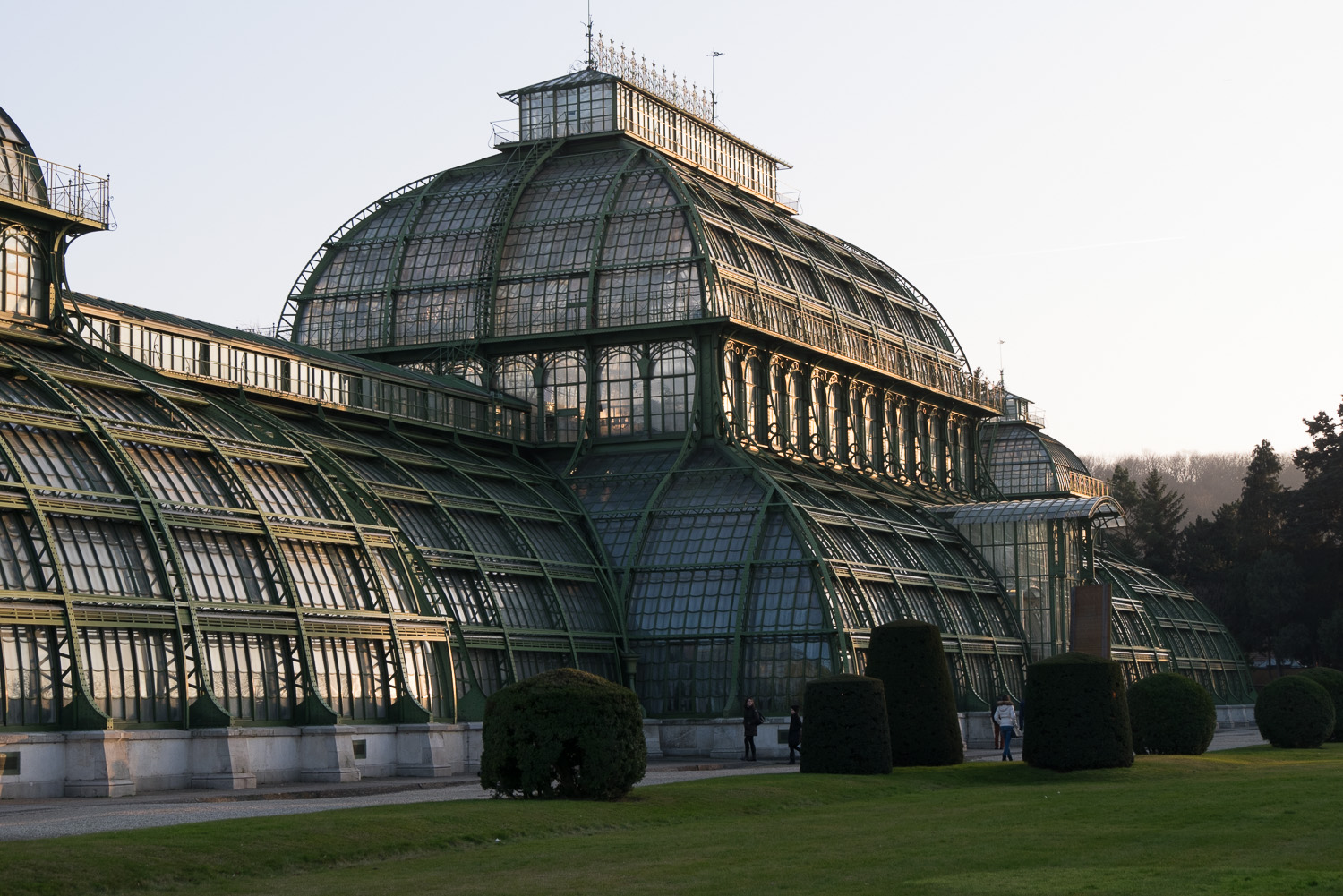 Panasonic DMC-GM1 (32mm, f/5.6, 1/200 sec, ISO200)
Panasonic DMC-GM1 (32mm, f/5.6, 1/200 sec, ISO200)
When I decided to get a m43 as my compact camera I was most attracted by the small and great primes but the 14-140 II got my attention too. My main idea was/is to use it while hiking, biking or XC skiing. To have a small but capable and versatile lens with me where I can compress landscapes or isolate a subject by zooming in without the need to switch lenses.
For me it’s a bridge camera without the compromises of a bridge camera. Combined with the GM 1 the whole setup is still smaller than most bridge cameras. It’s about the size of a Sony NEX with the standard 18-55 kit lens which is perfectly acceptable even on very long hikes.
But the 14-140 II is even better than I have hoped. It is a very fine lens that is sharp even when shot wide open. Distortion is low for such a huge range and flare is well controlled too as you can see on the two images where I shot directly into the sun. And most important it is small and light. It might look huge on the GM 1 but it is a small lens and attached to something bigger like the GX 7 you might confuse it with a kit zoom.
Combined with the fast AF of the new m43 cameras shooting this lens is a real joy. And it is a very simple thing too. It’s a walk in the park! ( another song title as a head line ) BTW: I took all images on one late winter afternoons walk through a park in Vienna.
I don’t think that you loose a lot regarding IQ compared to the average kit lens but you gain tons of reach and flexibility. It’s still light and small enough to be used as a every day lens or on long hikes. There are some more pictures I took with the lens in my GM 1 review plus an image that shows how it fits this tiny camera.
Verdict: Highly recommended!
 Panasonic DMC-GM1 (14mm, f/5, 1/125 sec, ISO200)
Panasonic DMC-GM1 (14mm, f/5, 1/125 sec, ISO200)
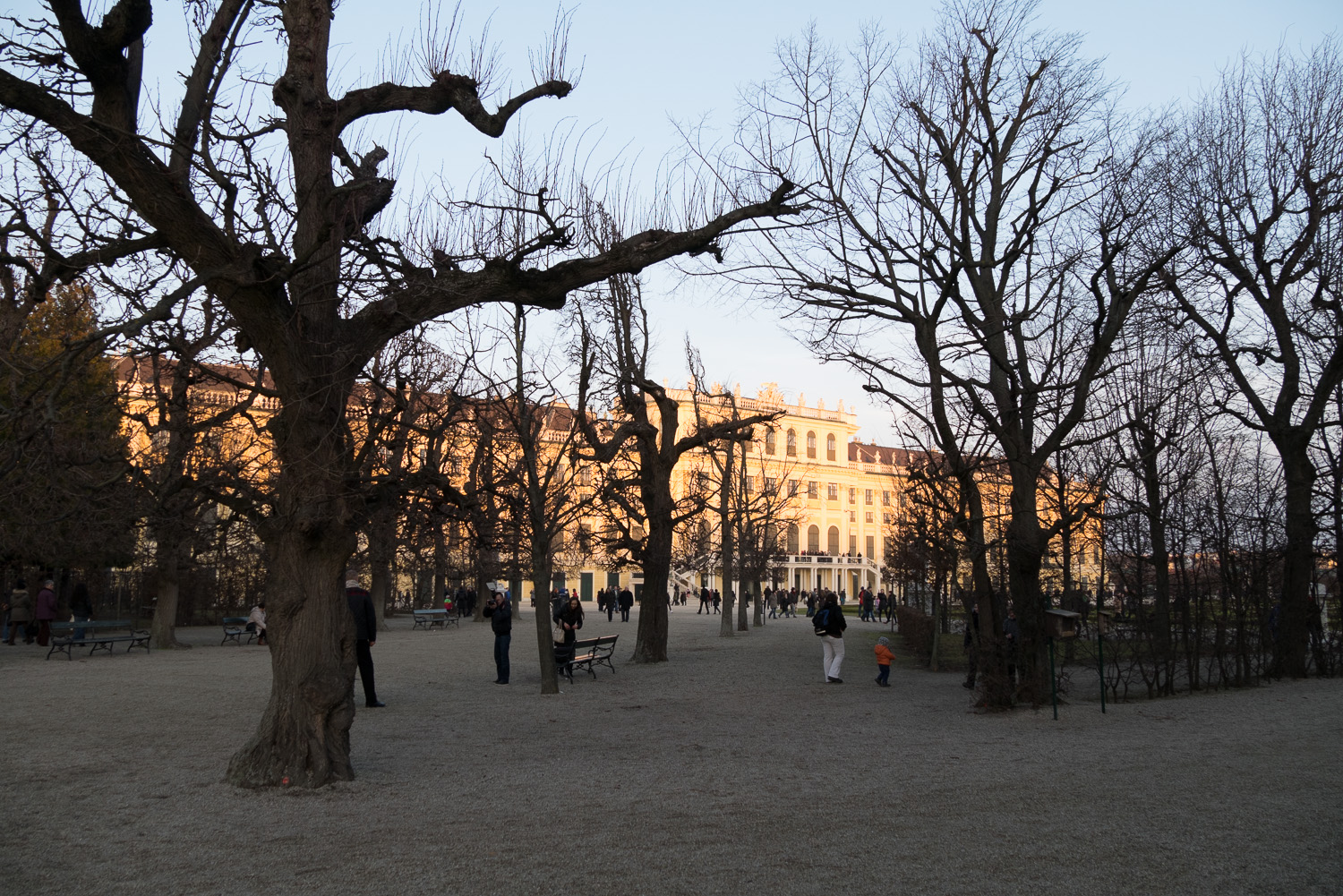 Panasonic DMC-GM1 (14mm, f/4.5, 1/160 sec, ISO200)
Panasonic DMC-GM1 (14mm, f/4.5, 1/160 sec, ISO200)
